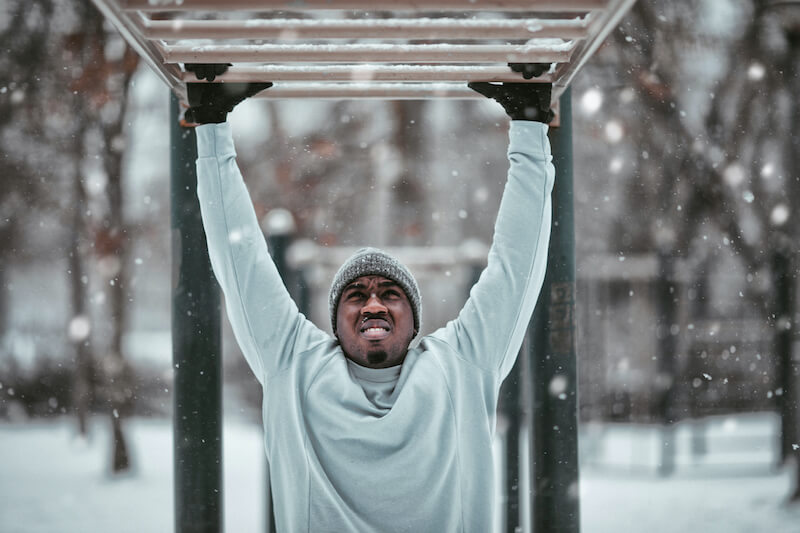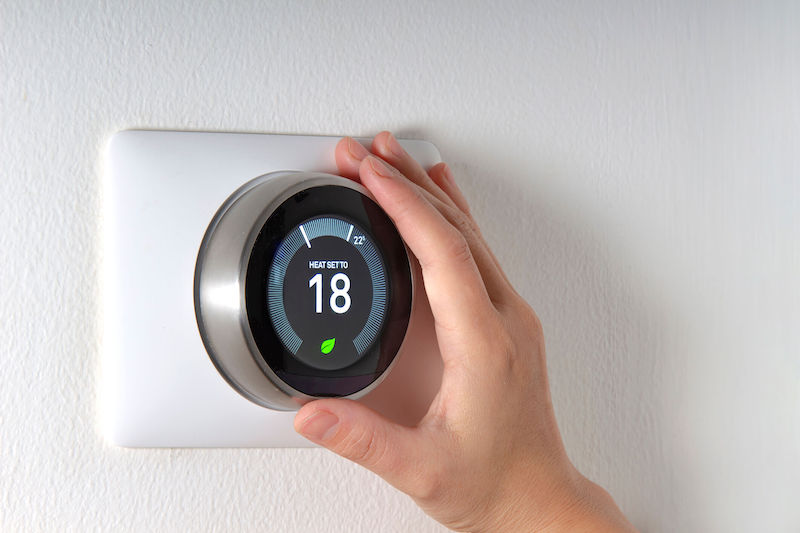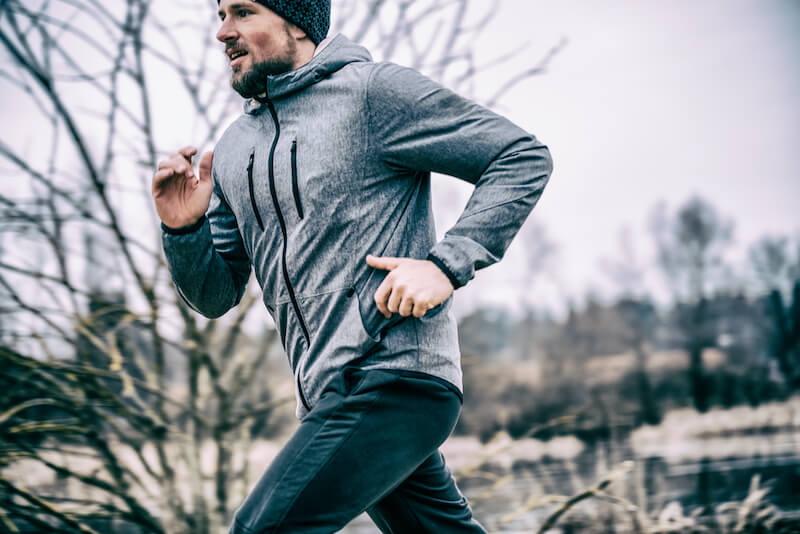Is being cold good for you? Yes! Game-changing scientific research suggests a daily dose of cold can unlock amazing health benefits.
With the New Year bringing icy winds and frosty temperatures, it’s tempting to kick off your running shoes and binge on boxsets instead. But could being cold actually be good for your health and wellbeing?
Boost your post-workout recovery with the best stretching exercises
New research suggests regular exposure to the cold could deliver an avalanche of surprising health benefits, helping you to torch more flab, fire up your metabolism, reduce your risk of diabetes, strengthen your heart and lungs, train harder and even fight off depression.
“Exposing yourself to thermogenic stress encourages growth,” explains Scott Carney, author of What Doesn’t Kill Us – a bestselling exploration of environmental conditioning and the benefits of cold exposure.
Loosen up your muscles with these hip stretches
“That could be psychological growth, which always happens when you’re undergoing stress. Or it could be what we call ‘hormesis’, which is when you put yourself in a challenging situation and your body rises to the challenge by adapting.
“We’re talking about a ‘global’ change in your body here: metabolic changes which burn extra fat but also psychological changes which can build resilience and fight anxiety.”
RELATED CONTENT:
- How to get better at open water swimming
- The science of ice baths: how do they aid recovery?
- Best compression tights for training & recovery

Does being cold increase brown fat?
One of the most interesting areas of research focuses on the cold-induced activation of a substance called ‘brown fat’. Located in your neck, shoulders, chest and back, brown fat has been dubbed ‘the fat that makes you thin’.
Whereas normal white fat stores energy from food, brown fat burns energy to produce heat. It has a unique protein within its mitochondria, called uncoupling protein, which, when exposed to the cold, rapidly produces large amounts of heat.
“A gram of brown fat will produce 300 times more heat than a gram of any other tissue in the body when maximally stimulated,” explains Professor Michael Symonds, deputy head of the University of Nottingham’s School of Medicine. “That’s quite a phenomenal amount of heat.”
Professor Symonds’ research suggests brown fat could help to prevent weight gain and diabetes.
Check out our full guide on how to lose belly fat
“All the energy for that heat production has got to be drawn from somewhere,” he explains. “And it’s partly from fat in the body, but the other important source is glucose. So potentially it could have a big effect on glucose metabolism.”
Carney concludes, “Every single time you go into a cold environment, you’re sending different signals to the unconscious parts of your body to adapt.”
“If it’s the first time you’ve done this, it’s going to be uncomfortable. But as you warm up, your metabolism will ramp up and you’ll develop long-term changes – like more brown adipose tissue – that will give you more thermogenic resilience.
“As the seasons are a natural phenomenon, our bodies are adapted to change as they do. This is exactly what we’re built to do.”

How to embrace being cold (and reap the benefits)
1. Chill out at home
Simple changes at home, such as cracking open a window or turning down the thermostat, can help your body to adapt to the cold.
“Temperate folks can increase their metabolic rate and likely their BAT (brown adipose tissue) if they expose themselves to cold more regularly,” explains Dr Cara Ocobock.
2. Take cold showers
“We’ve done one small study looking at cold showers and after only a week that does seem to increase the activity around fat,” suggests Professor Symonds.
3. Brave winter swims
For a serious cold adaptation, try some chilly dips at your local lido.
Research suggests that after just 5×3-minute immersions in cold water, swimmers enjoy a 40 per cent reduction in their cold shock response, demonstrating how being cold – while sometimes unpleasant – can be good for you.
4. Train in the cold
Whether you go for chilly winter bike rides or jacketless jogs, exercising in the cold will help your body gradually adapt.
“Just wear one less layer when you run,” suggests Scott Carney. “Or you’re not allowing those gradual changes in your body to take place.”
Check out the best baselayers to block out the cold
5. Practice makes perfect
So, being cold is good for you – but you need to build up gradually. The more you brave the cold, the better you will adapt.
“This has similarities to how muscle develops,” says Professor Symonds. “The more you use your muscles, the stronger they are. And the more you use your brown fat, the more it retains the capacity to generate heat.”
Words: Mark Bailey








